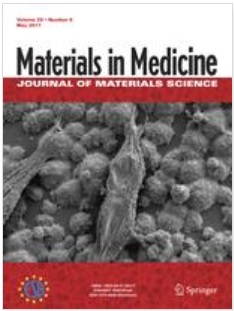Metallic nanoparticles, in particular gold nanoparticles (AuNPs), offer a wide spectrum of applications in biomedicine. A crucial issue is their cytotoxicity, which depends greatly on various factors, including morphology of nanoparticles. Because metallic nanoparticles have an effect on cell membrane integrity, their shape and size may affect the viability of cells, due to their different geometries as well as physical and chemical interactions with cell membranes. Variations in the size and shape of gold nanoparticles may indicate particular nanoparticle morphologies that provide strong cytotoxicity effects. Synthesis of different sized and shaped bare AuNPs was performed with spherical (~ 10 nm), nanoflowers (~ 370 nm), nanorods (~ 41 nm), nanoprisms (~ 160 nm) and nanostars (~ 240 nm) morphologies. These nanostructures were characterized and interacting with cancer (HeLa) and normal (HEK293T) cell lines and cell viability tests were performed by WST-1 tests and fluorescent live/dead cell imaging experiments. It was shown that various shapes and sizes of gold nanostructures may affect the viability of the cells. Gold nanospheres and nanorods proved to be more toxic than star, flower and prism gold nanostructures. This may be attributed to their small size and aggregation process. This is the first report concerning a comparison of cytotoxic profile in vitro with a wide spectrum of bare AuNPs morphology. The findings show their possible use in biomedical applications.

